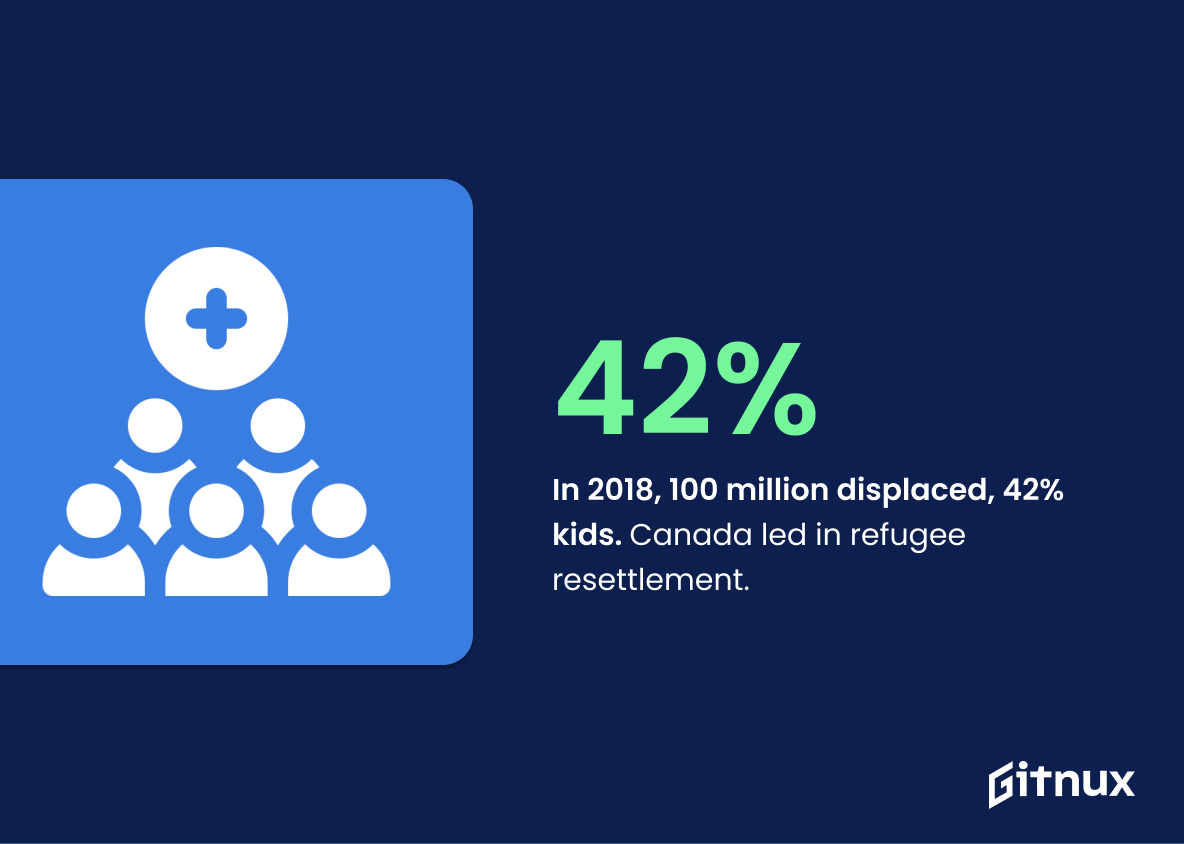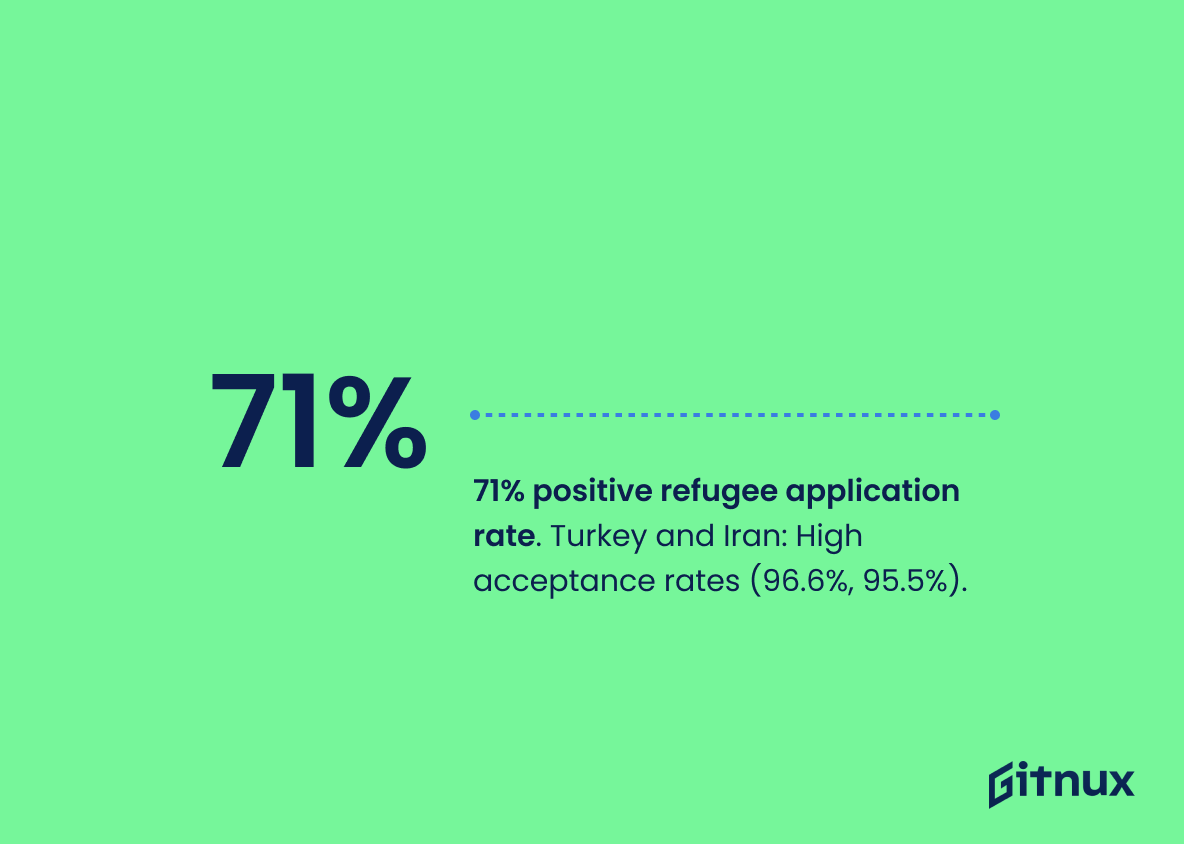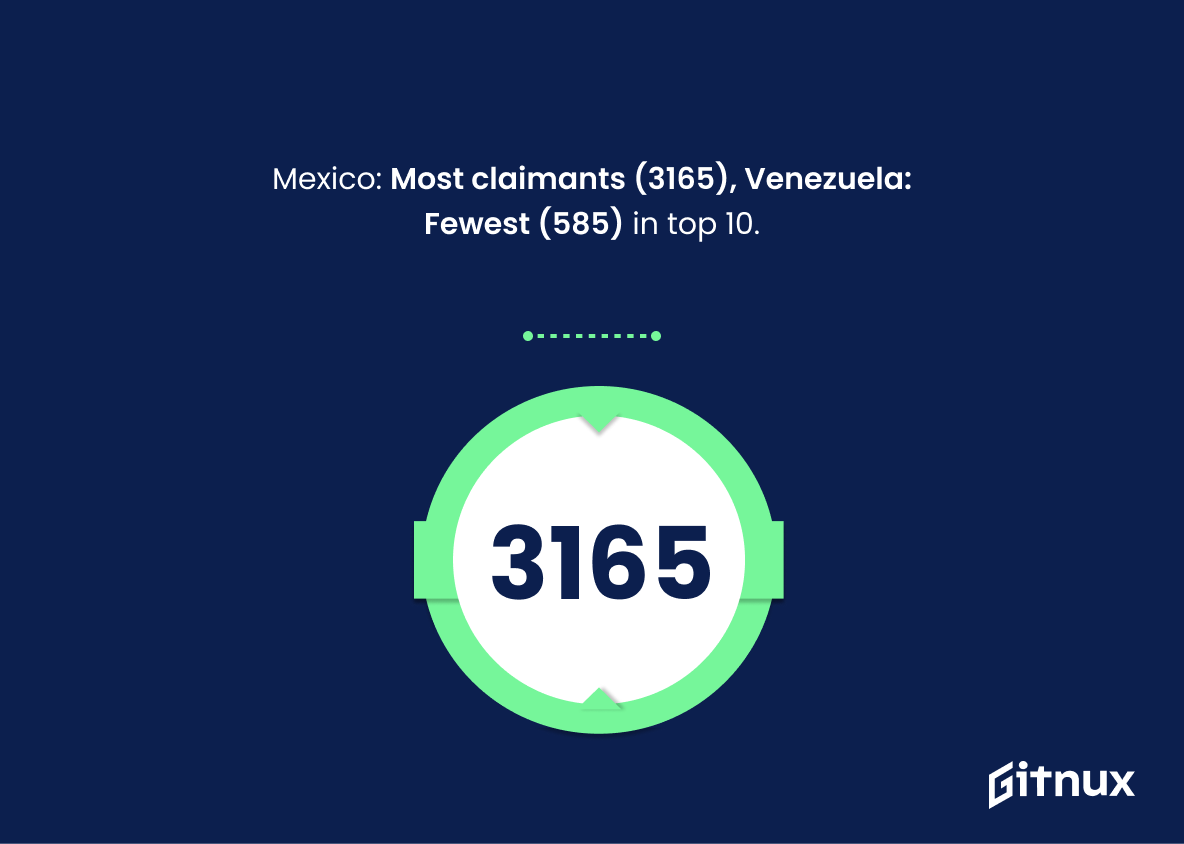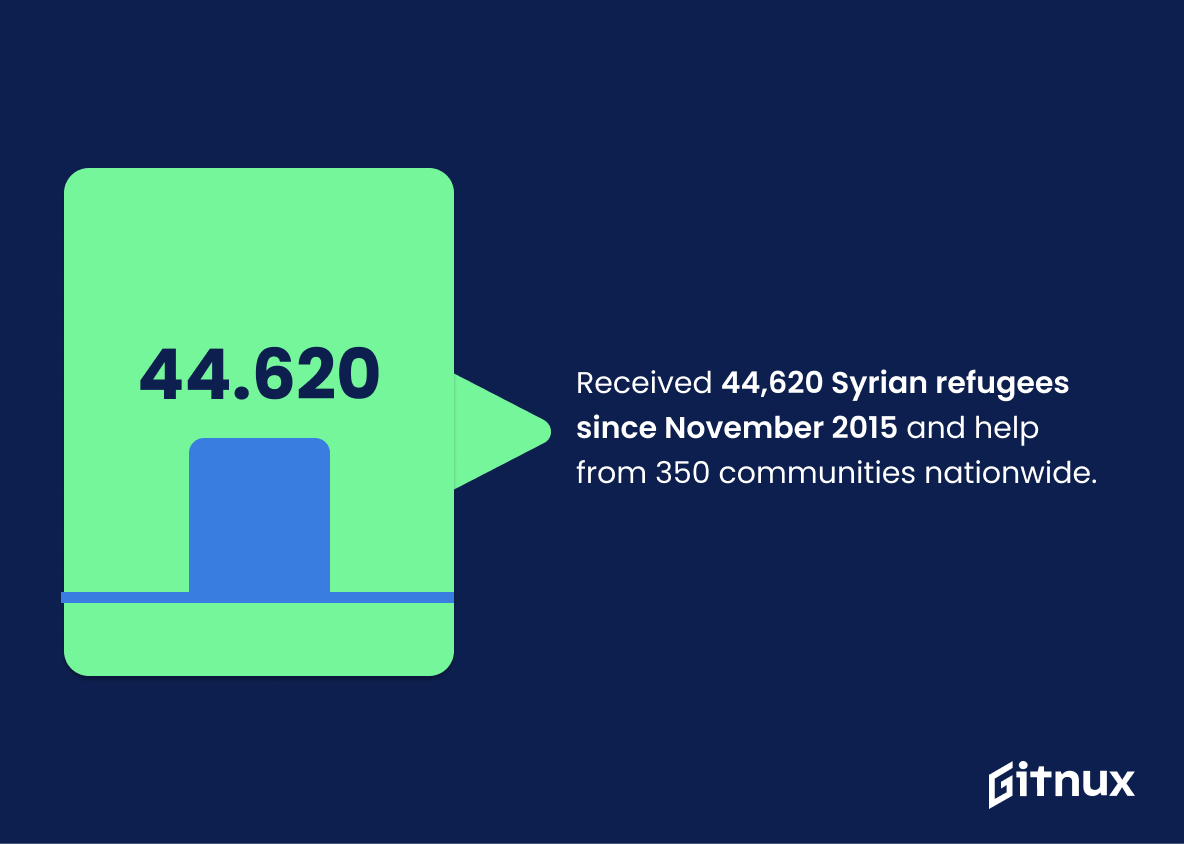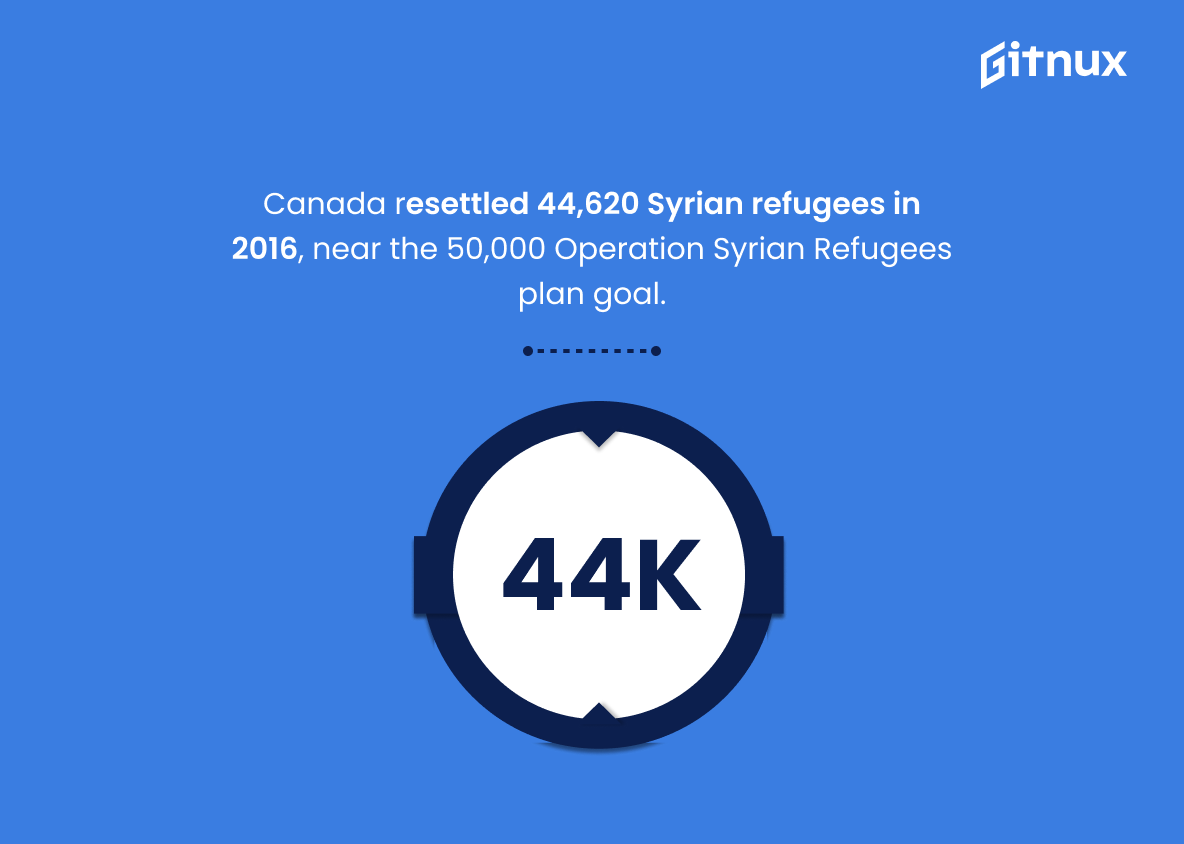China is a rapidly growing economy with a population of over 1.4 billion people. As the world’s second-largest economy, it has seen tremendous growth in recent years. With this growth, however, has come a widening gap between the rich and the poor. In this article, we will take a look at China’s income distribution statistics to get a better understanding of the country’s economic landscape.
We will examine the latest data on income inequality, poverty levels, and the Gini coefficient, as well as the impact of government policies on income distribution. Finally, we will discuss the implications of these statistics for China’s economic future.
China’s Income Distribution: Most Important Statistics
China’s middle class has grown rapidly from 3.1% of the population in 2000 to 50.8% in 2018, an increase of 47.8 percentage points.
The average monthly salary for a person working in Shanghai is 26,100 CNY, ranging from 6,610 CNY to 117,000 CNY.
China’s Income Distribution: Statistics Overview
In 2020, China’s per capita disposable income was 32,189 yuan, with wage income accounting for 55.7%, net operating income 16.5%, net property income 8.7%, and net transfer income 19.2%.
This shows the distribution of income in China, which can be used to inform policy decisions and understand the economic situation of the country.
Per capita disposable income in China increased by 9.1% in 2021, with a real increase of 8.1% after deducting price factors.
This shows an increase in the overall income of the population, which can help to reduce inequality and improve the overall standard of living in China.
90% of respondents have at least one child, with many families having to care for four elders and one kid, which puts a significant financial burden on middle-class families with an annual income of between 100 thousand and 300 thousand yuan per year.
This highlights the financial burden faced by middle-class families in China, which is a key factor in understanding the income distribution in the country.
China’s middle class has grown rapidly from 3.1% of the population in 2000 to 50.8% in 2018, an increase of 47.8 percentage points.
The Chinese economy has grown significantly over the past two decades, leading to a larger and more prosperous middle class. This is important for the overall health of the economy, as a strong middle class is essential for economic growth and stability.
Per capita disposable income in Shanghai, China increased from 72,232 yuan in 2020 to 78,027 yuan in 2021.
This provides insight into the income distribution in China. The per capita disposable income in Shanghai has increased over the years, indicating that the economic situation in Shanghai is improving and that the gap between the rich and the poor is narrowing.
This is important because it shows that the Chinese government is taking steps to improve the economic situation in the country and reduce inequality.
The average monthly salary for a person working in Shanghai is 26,100 CNY, ranging from 6,610 CNY to 117,000 CNY.
This provides an indication of the range of salaries in Shanghai, which is one of the most economically developed cities in China. This data can be used to compare the income distribution in Shanghai to other cities in China, and to analyze how economic development affects income distribution.
The average annual per capita disposable income of households in China increased from around 20,133 yuan in rural households to 36,883 yuan in 2022, with Shanghai and Beijing having the highest average annual income of 78,000 and 75,000 yuan respectively and Gansu having the lowest average annual per capita household income of 22,100 yuan.
There is a significant income gap between urban and rural households, as well as between different provinces in China.
The median salary in China is 31,100 CNY per month, with a 9% salary increase every 15 months, and salaries ranging from 7,410 CNY to 131,000 CNY.
This provides an understanding of the range of incomes in the country, allowing for a comparison of the average salary to the median salary, and the lowest and highest salaries.
China’s Gini coefficient has grown sharply to 46.6 (0.466) points in 2021, which is above the warning level set by the United Nations of 40 (0.4).
This indicates a growing inequality in China, which can have serious social, economic, and political implications.
China’s Gini Coefficient Index is 61.5, indicating a high level of inequality in the country’s income distribution.
This is an important statistic as it provides insight into the economic disparities that exist in China.
Conclusion
In conclusion, China’s income distribution statistics show that the country is still facing a large income gap between the rich and the poor. Despite the government’s efforts to reduce the gap, the country still has a long way to go in order to achieve a more equitable distribution of wealth.
It is important for the government to continue to implement policies that will help to reduce the gap and ensure that all citizens have access to basic necessities.
References
1 – http://www.stats.gov.cn/english/PressRelease/202101/t20210119_1812523.html
2 – http://www.stats.gov.cn/enGliSH/PressRelease/202201/t20220118_1826649.html
3 – https://www.statista.com/statistics/1319678/china-income-distribution-of-middle-class-families-2022/
4 – https://chinapower.csis.org/china-middle-class/
5 – https://www.statista.com/statistics/802383/china-per-capita-disposable-income-shanghai/
6 – http://www.salaryexplorer.com/salary-survey.php?loc=24&loctype=2
7 – https://www.statista.com/statistics/278698/annual-per-capita-income-of-households-in-china/
8 – http://www.salaryexplorer.com/salary-survey.php?loc=44&loctype=1
9 – https://www.statista.com/statistics/250400/inequality-of-income-distribution-in-china-based-on-the-gini-index/
10 – https://worldeconomics.com/Inequality/Gini-Coefficient/China.aspx
